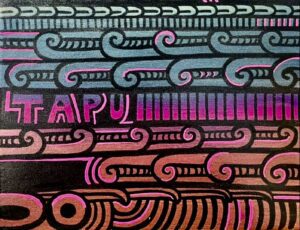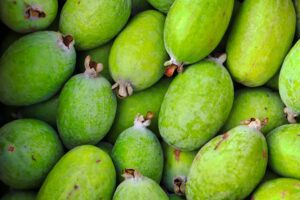Many schools hold human skeletons and are wondering about the right thing to do with them. As English-medium schools listen more closely to the responses of their Māori students and parents, they start to ask if it is even ethical to have them. NZASE Science Communicator Mike Stone talks to experts about different perspectives and possible approaches.
Read MorePilot school resources for L1 Nature of Science
These resources are now available for members and non-members; please click here and ignore the download button. All the standards have changed since these resources were last used. They are likely to need some amendments to meet the criteria of the current standards, which can be found here. (link to https://ncea.education.govt.nz/science/science?view=assessment#field_subject_key_competencies ) Resources specific to a local […]
Read MoreKudos Science Spinners
There are very few Māori and Pasifika graduates in STEM subjects; for example, Māori and Pasifika each make up 6.7% of STEM graduates from the University of Auckland. So Māori and Pasifika scientists are thin on the ground. In English-medium schools, Māori and Pasifika students often struggle to engage with Science, and don’t see a place for themselves in the subject. NZASE Science Communicator Mike Stone describes how the Kudos Trust aims to change that
Read MoreVolcanologist Jonathan Procter
2023 05 Volcanologist Jonathan Procter NZASE profile
Read MoreThe science of feijoas
Feijoas are popular in Aotearoa/NZ, fruiting in autumn in warm regions. NZASE Science Communicator Mike Stone explores what we know about feijoas and how they may be a useful context in horticulture and science classrooms.
Read MoreFive digital tools for science
Using digital tools in science also helps us embed the digital technology curriculum, a requirement for all subjects up to Y10. Mike stone reviews Arduino Science Journal, Micro:bit, Kiwrious, Minecraft EDU and ChatGPT.
Read MoreCitizen Science
2023 03 Citizen Science NZASE resource
Read MoreMarine scientist Kura Paul-Burke
2023 03 Kura Paul-Burke NZASE scientist profile
Read MoreRegenerating Papatūānuku
2023 03 Regenerating Papatūānuku NZASE resource
Read MoreResearch director Ariana Estoras
2023 02 Research director Ariana Estoras NZASE profile
Read More



